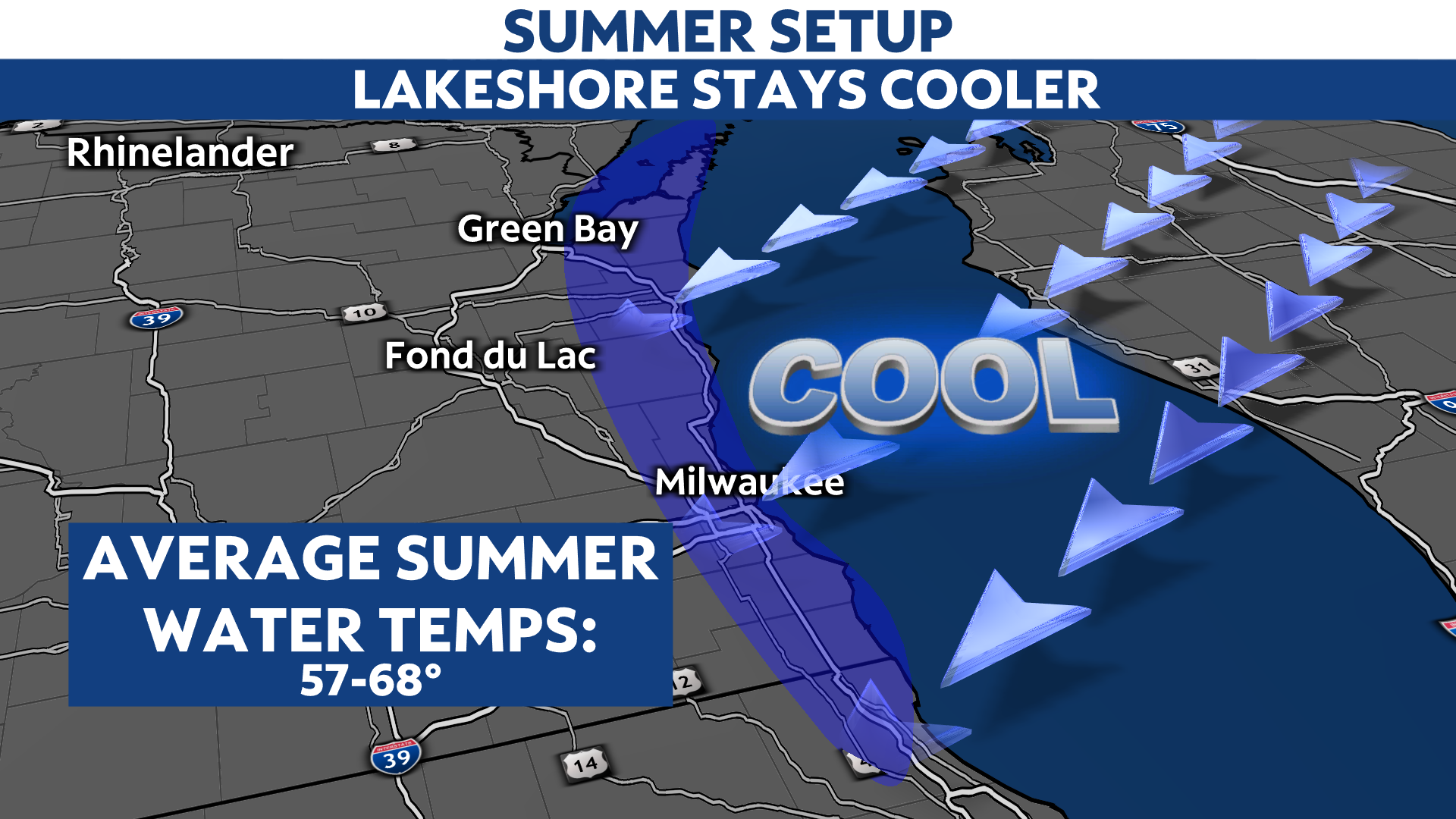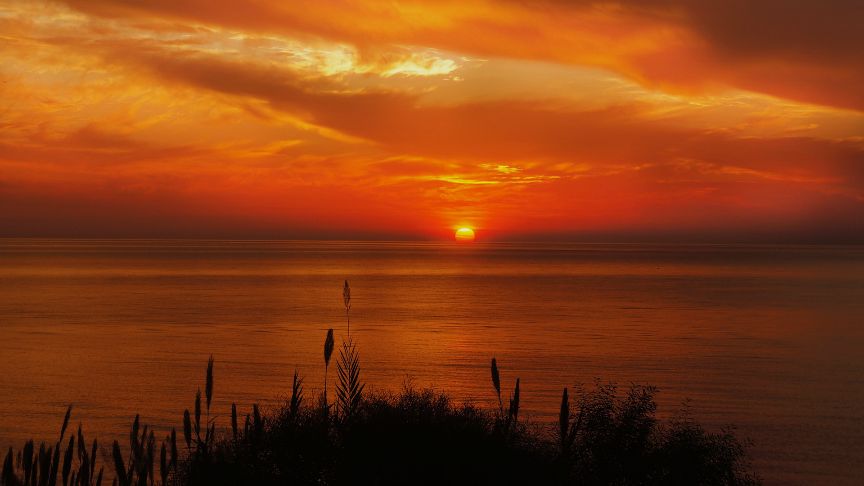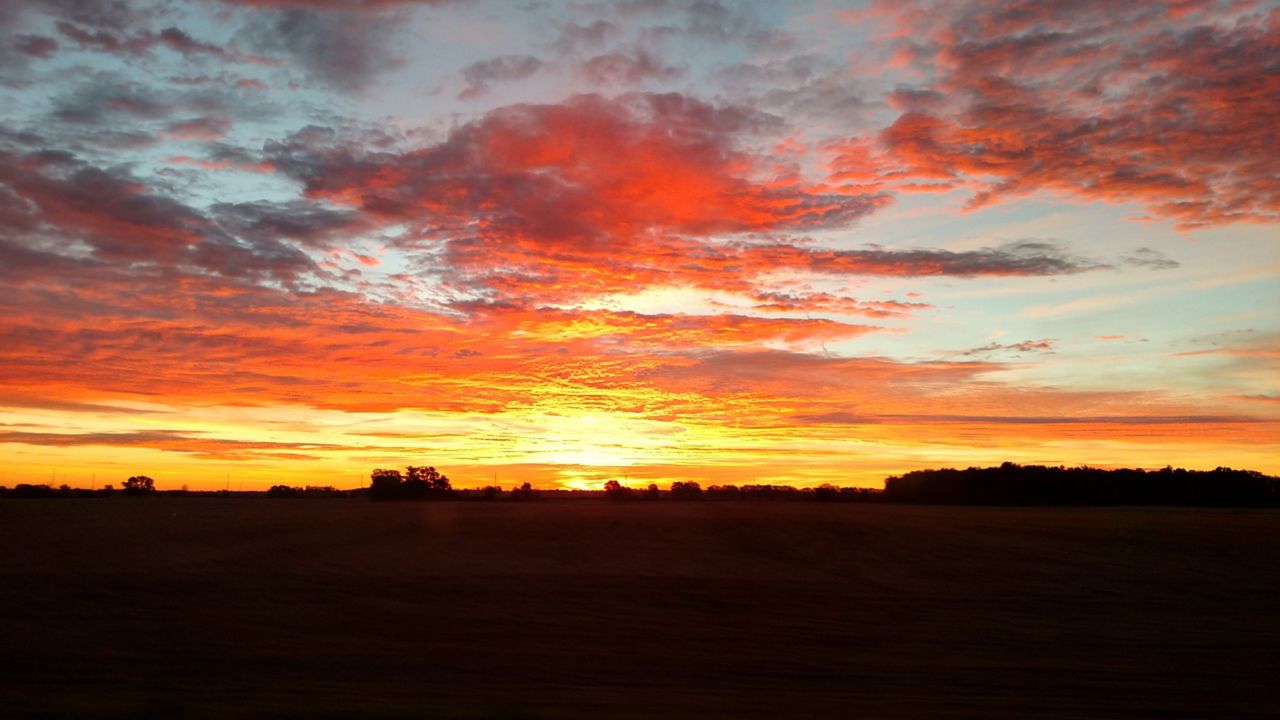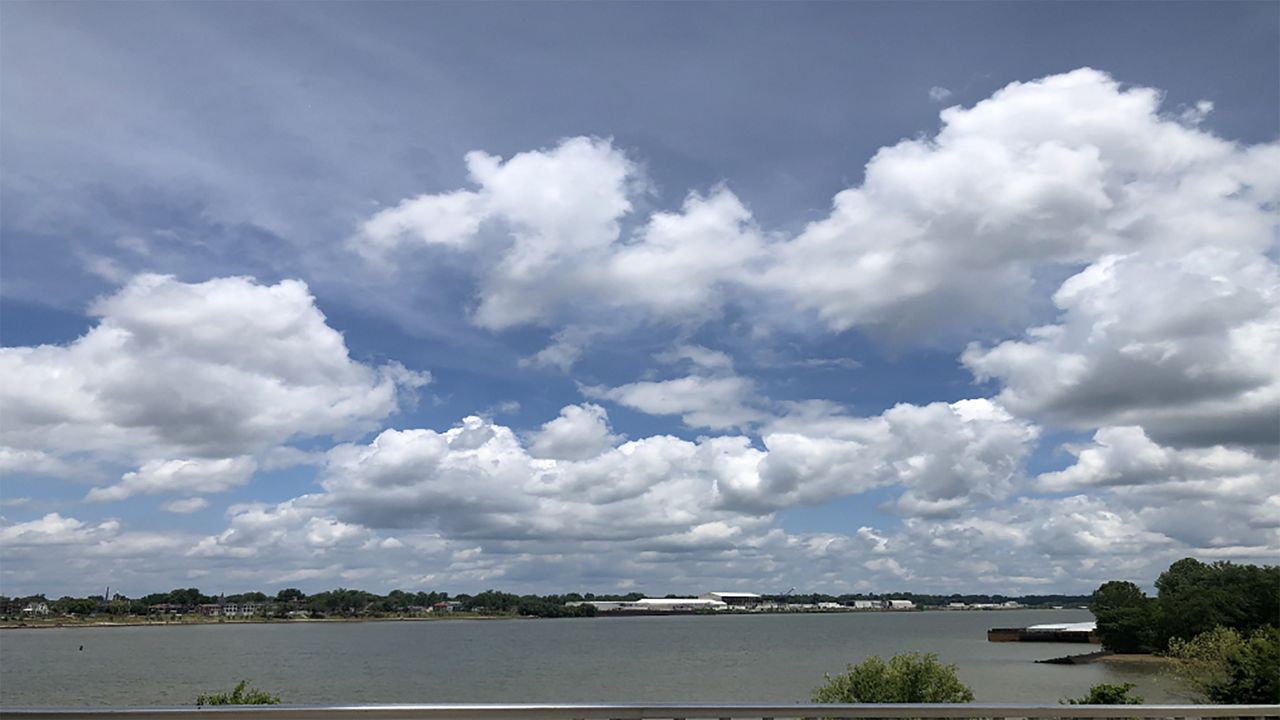The giant body of water known as Lake Michigan plays a huge role in seasonal temperatures, especially for those of us that live close to the lake.
Have you ever noticed that places close to Lake Michigan tend to stay warmer in the winter and much cooler in the summer? Well, it all boils down to the water temperature of the lake itself and the specific heat capacity of water.
First off, heat capacity is defined as the amount of heat required to raise the temperature of a mass of substance by a degree. The specific heat capacity of water is higher than any other common substance on earth.
In other words, it takes a lot of energy to heat water. What this means is that it takes a lot longer for the temperature of the lake to change when compared to areas over land.
Another way to look at it is that there is a lag time in water temperatures. For example, Lake Michigan takes most of the summer to heat up and reaches its warmest point by late summer or early fall.
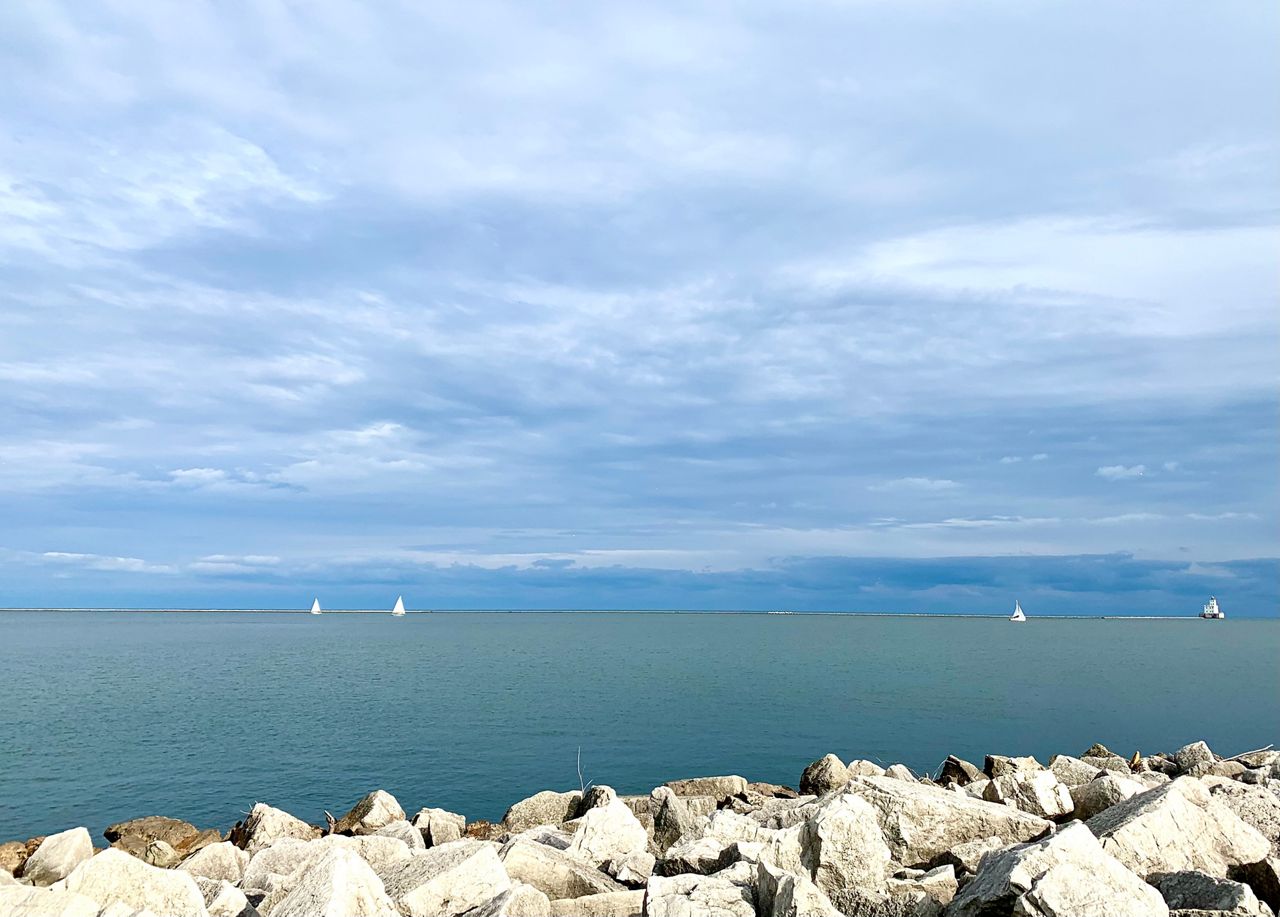
Then, as we head into winter, the lake retains much of the heat that it gained during the summer. Likewise, as we head back into the warmer months, the lake has cooled down after the winter and stays chilly well into early summer.
The graphic below helps explain why those living near the lake tend to stay a bit milder during the winter months. Average water temperatures in the winter range from the upper 30s to low 40s, and this has a moderating influence on those living nearby.
It's not uncommon to have overnight lows near 40 along the lakeshore while places just 10 miles inland are in the 20s.
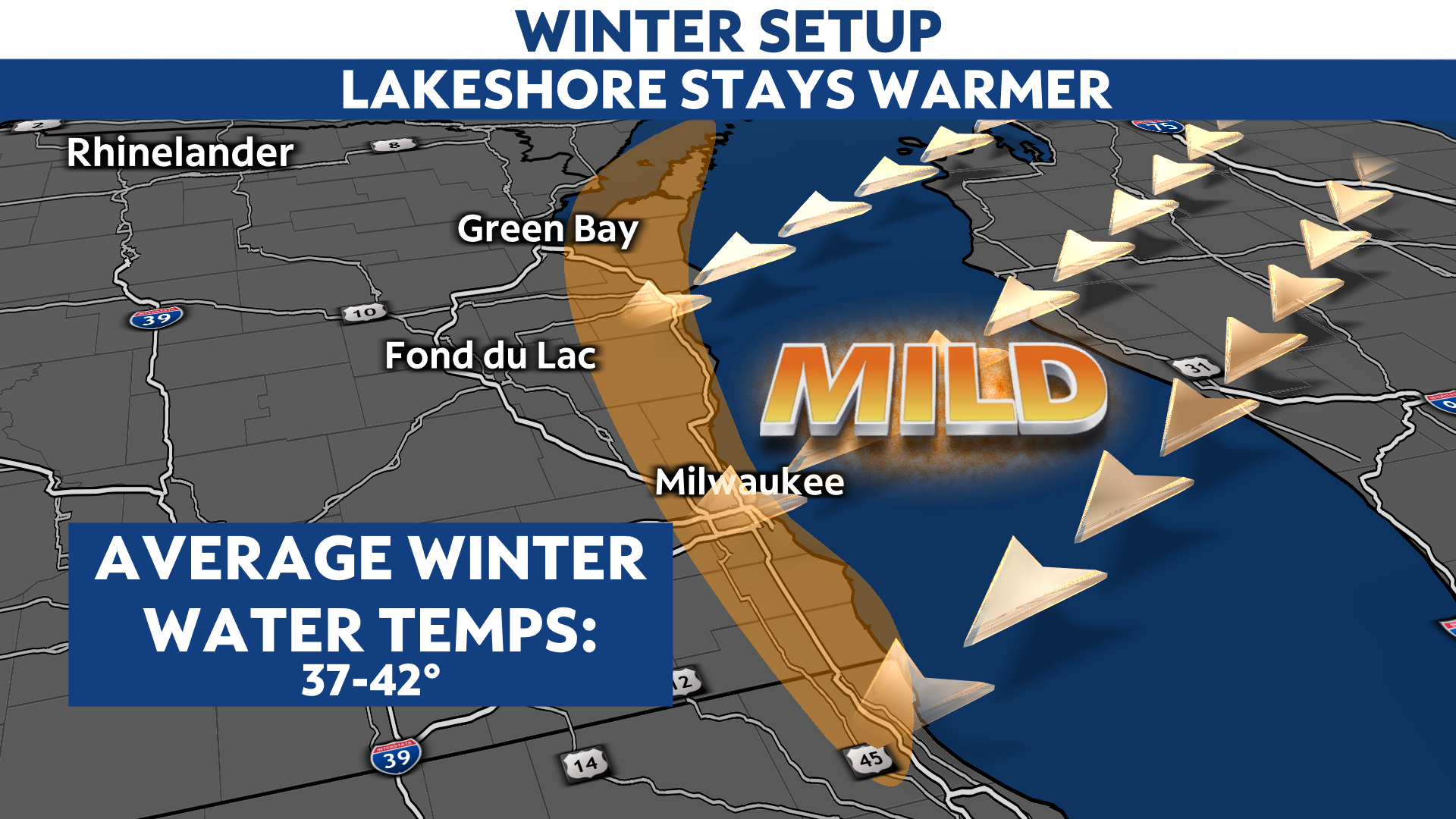
The opposite occurs during the summer. Average water temperatures in the summer range from 57 to 68 degrees and this keeps the nearby lakeshore significantly cooler than inland locations. Typically, inland locations heat up much faster than the lakeshore and this creates what is known as a lake breeze.
This is a common occurence during a summer afternoon in Wisconsin. It's not uncommon for temperatures to quickly warm into the 70s and 80s during the morning and then crash into the 50s and 60s by afternoon once the lake breeze pushes inland.
